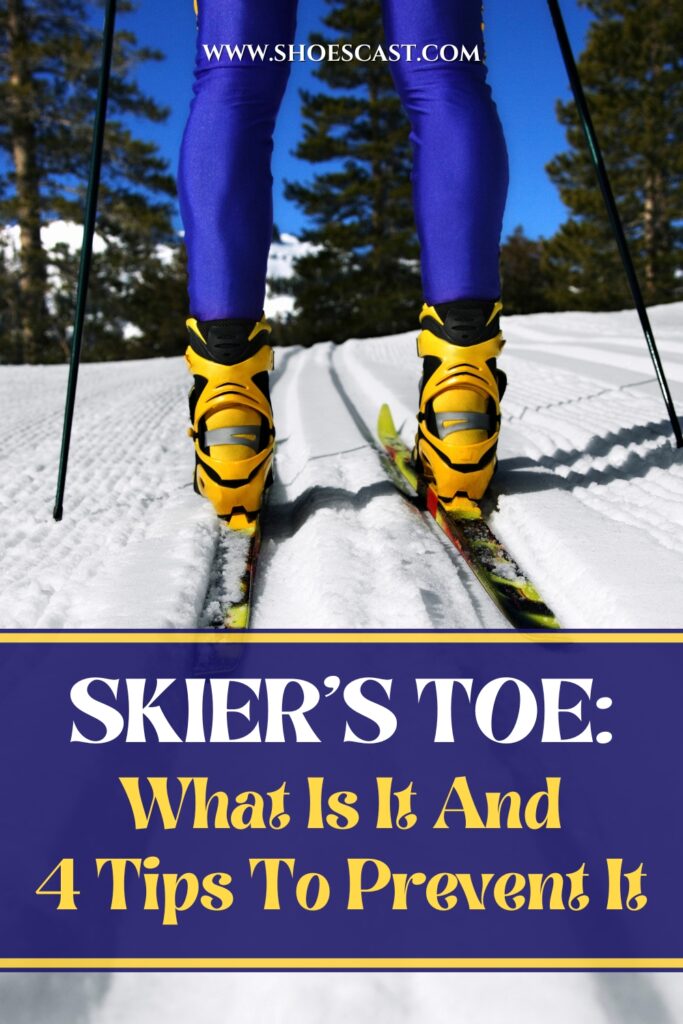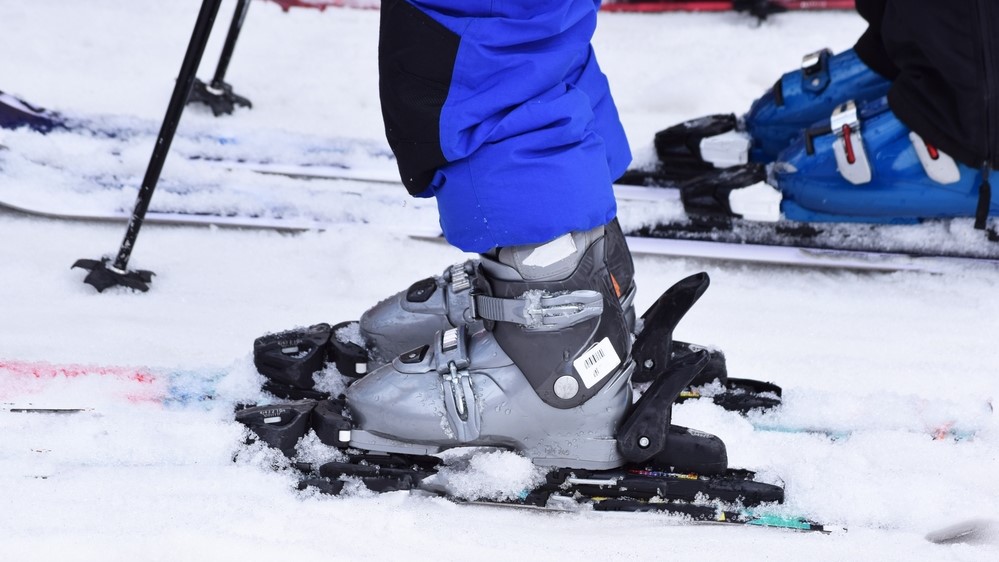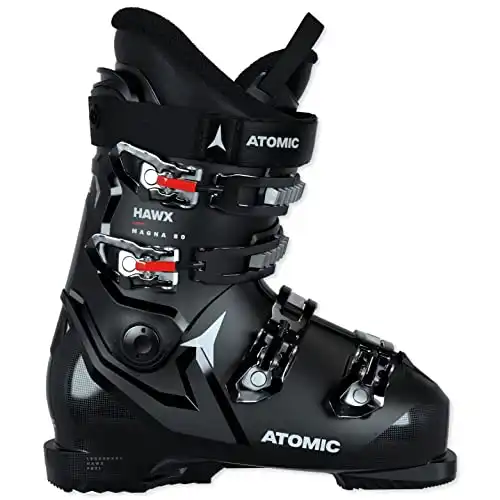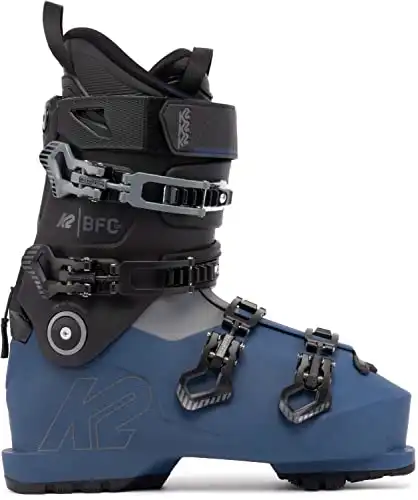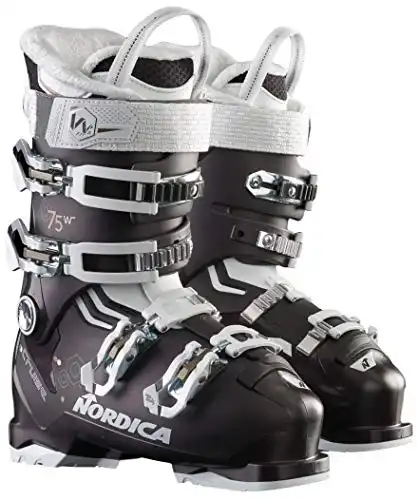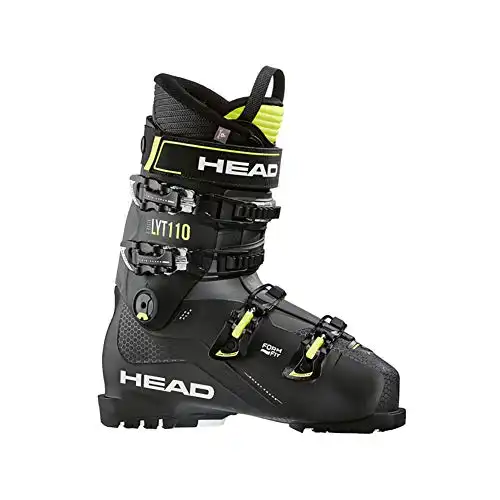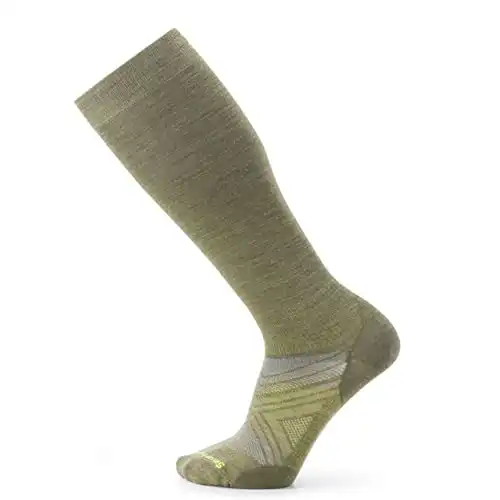Have you ever heard of the term skier’s toe and wondered what the heck it is? You may suspect it has something to do with skiing but also think that the similarity in the names is just a coincidence.
Well, it’s not! This not-so-lovely toe condition is directly connected to one of the most famous winter sports. Although skiing is a fun, daring, and exciting activity many people enjoy, it does come with certain consequences. Skier’s toe being one of them.
Skier’s toe is a term used to describe an injury that usually occurs on the big toenail. It is characterized by bleeding under the toenail which usually occurs as a result of trauma – often by a constant pressure of a ski boot.
This condition can also occur if an extremely heavy object falls on the big toe or if you forcefully stub your toe on something. Because of that trauma, the area underneath the big toe’s nail usually turns black.
The correct medical term for this condition is a subungual hematoma, and apart from discoloration underneath your toenail, other symptoms include:
- redness around the nail area
- swelling
- numbness
- discomfort when wearing shoes
- severe pain
Now that we have the basics covered, let’s see some of the ways to treat skier’s toe, how you can prevent it from happening, and most importantly – can you ski with skier’s toe?
How to treat skier’s toe
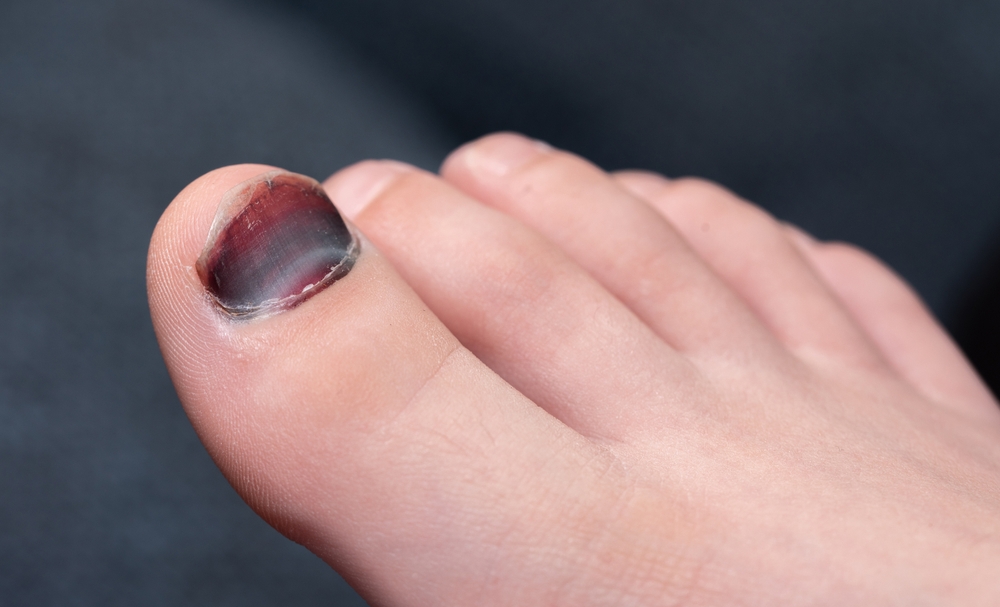
In most cases, the treatment of skier’s toe is fairly simple. If you’re dealing with a mild case, all you’ll have to do is protect your toe from possible future injuries. So basically, stay away from trouble at all costs!
You’ll need to restrict yourself and avoid certain activities, like running, jumping, and – you guessed it – skiing, and generally take a few days off in order for your toe to heal.
Some people find icing the injured area very helpful in speeding the healing process and preventing swelling. Elevating and resting the affected foot is equally important to recovery.
If possible, avoid wearing closed-toe shoes. Let your toes be free and wear some comfy slippers like Mephisto or Birkenstocks. If wearing open-toe footwear is for whatever reason not an option for you, opt for shoes that are comfortable and have a wide toe-box.
However, if you’re dealing with a more severe case of skier’s toe, simply relaxing on the couch and avoiding activity won’t be enough. When your toe starts to get progressively worse, it’s best to consult your doctor or a foot specialist.
Some of the ways an orthopedic specialist can help to alleviate pain and reduce pressure under the nail include removing some of the blood – something you should definitely not try to do yourself.
If you do decide to ignore this advice and attempt to do a DIY depressurizing procedure on your toe, just bear in mind that the likelihood of a toe infection is very high.
How to prevent skier’s toe
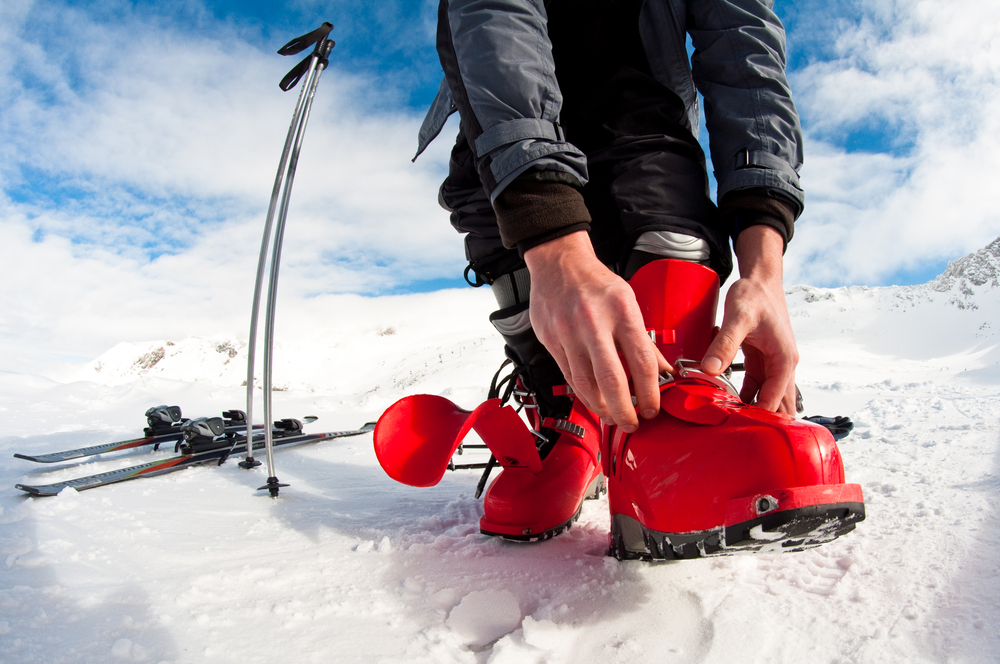
It’s one thing to know how to treat skier’s toe, but it’s ten times better and more useful to know how to prevent it from occurring in the first place.
I know, preventing foot injuries during the winter months is easier said than done. When it’s cold outside, your muscles need more time to warm up. Therefore, you are significantly more prone to certain injuries and sprains than you are during warmer months of the year.
During winter activities, particularly skiing, your feet serve as great shock absorbers. They are, in a way, your own personal brakes, helping you stop, accelerate, or steer as you’re speeding down the slopes.
That is a great responsibility to bear, and it puts a lot of pressure on your feet, so it’s only natural that certain accidents like skier’s toe occur.
This unfortunate and unpleasant toe condition can undoubtedly be stopped from happening, and if you want to know how, keep on reading.
1. Wear appropriate ski boots
In order to prevent skier’s toe from occurring, it’s vital to make sure you’re wearing the right pair of ski boots.
Your ski boots have to be a snug fit. They can’t be too tight as then they can rub on the sides of your feet and cause blisters. And they can’t be too loose since that can result in your feet sliding around, which is a recipe for sprains, strains, and fractures.
To determine whether your ski boots are right for you, perform a little test: Kick your toes and then your heel against the ground while wearing them. If your foot slides forward or backward, they’re too loose.
It’s best to opt for ski boots that have just the right amount of rigidity to keep your feet and ankles firm, stable, and supported, while still providing you with enough space to flex your feet. They should also have a wider toe box, so your toes are never cramped inside your boots.
Some of the best ski boots for wider feet include:
Atomic Hawx Magna: These are considered to be the best ski boots overall. They come with a memory fit, easy step-in, 3M Thinsulate insulation, and many other amazing features for good performance, protection, and support.
K2 BFC 100: Rated the most comfortable ski boots currently on the market. They feature CushFit liners, lightweight buckles, hands-free entry, and many more customizable features.
Nordica Cruise 75 W: This is a great option for all the ladies out there who enjoy skiing. These ski boots boast an adjustable cuff profile, instep volume control, and comfort fit liner, among other great features.
Head Edge LYT 110: These are perfect for people who are on a budget. They are very affordable, comfortable, and lightweight.
2. Wear appropriate ski socks
Who would’ve thought that the secret to preventing skier’s toe lies in socks? It’s weird to think that something so small and seemingly insignificant plays such an important role.
But, it does! Just as you need an appropriate pair of socks for, let’s say, a Spartan race, you also need an appropriate pair for skiing.
A good pair of high-quality ski socks are not only important in keeping your feet warm in the snow, but also in making your skiing boots fit and feel more comfortable, and keeping them moisture-free.
Contrary to what many believe, ski socks don’t necessarily have to be thick. In fact, podiatrists recommend socks that are thinner and specially designed for skiing. They also don’t recommend layering them up, as that can affect the fit of your ski boots.
Here are some great ski socks to try out:
Smartwool Ski Intraknit OTC: These are considered the overall best ski socks. They are extremely lightweight and made out of 56% Merino wool, 40% nylon, and 4% elastane. Well-made, breathable, comfortable, and providing decent warmth – what more would you want?
Dissent GFX Compression Hybrid DLX-Wool: Currently the best compression socks on the market, these are also very lightweight. They’re made out of 10% Merino wool, 25% lycra, and 65% polyamide, and offer great construction, superb fit, plus compression benefits.
Fox River Chatter Ultra Lightweight: Another lightweight ski sock option and the most affordable. These socks are made out of 53% polyester, 46% nylon, and 1% spandex, and offer a reinforced toe box, heel cup, and good construction.
Smartwool Ski Zero Cushion: Arguably the most lightweight ski socks around. They are made out of 55% Merino wool, 41% nylon, and 4% elastane. With a snug fit, plus quick-drying and moisture-wicking capability, these are perfect for tighter boots.
3. Protect your feet from blisters
There’s nothing worse than having to deal with blisters on your winter vacation. Even though they seem like a minor foot irritation, and usually heal and go away pretty fast, they can still cause a lot of discomfort and ruin what could otherwise be the perfect ski trip.
That’s right, they can bring your skiing plans to a temporary halt.
Blisters might not have a direct correlation with skier’s toe, but we all know that with pretty much everything in life, one thing leads to the other, and before you know it, you’re dealing with a lot more issues than you originally signed up for.
So, I suggest you incorporate blister protection into your “skier’s toe prevention” mission.
You’ll achieve this by, once again, wearing an appropriate pair of ski boots and socks. If you have some particular bony parts on your feet, you can protect them by using plasters like Compeed or Fleecy Web which are super sticky and won’t move once you put them on.
And if you do get a blister, whatever you do, don’t pop it. Let it break on its own and then apply some antiseptic and cover the area with a sterile bandage. If you know you’re prone to blisters in certain areas of your foot, some skiers recommend putting some Vaseline on as a preventative measure.
4. Make sure not to tuck your trousers into your ski boots
This is pretty self-explanatory, right? But the reason this is so important is that while skiing or doing any kind of winter sport, your main goal should always be to keep your feet dry. And by tucking your trousers into your skiing boots, you’re risking the chance of the snow getting inside.
Can you ski with skier’s toe?
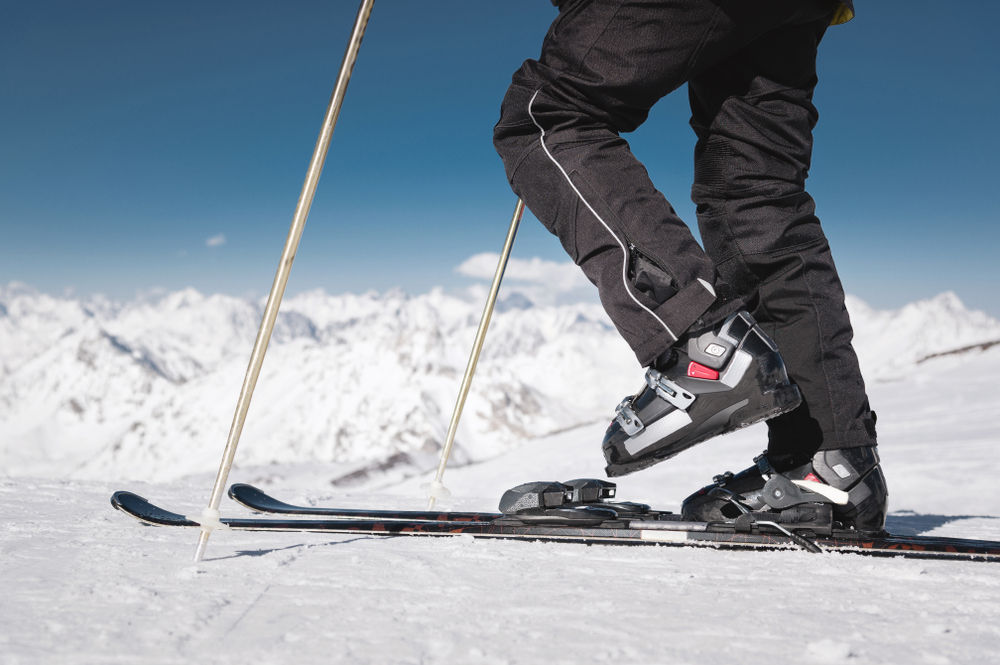
And finally, let’s answer the question we’ve all been wondering about. Can you ski with skier’s toe?
Well, if you feel no pain and if the area around your toe looks okay (minus the discoloration, of course) there’s truly no reason you shouldn’t enjoy your favorite winter sport.
However, if your toe is inflamed and starts hurting, you should avoid any activity and definitely consult a doctor. He or she will give you the best advice based on your personal case.
If you’ve had your big toe drained, there is a possibility that your toenail will fall off within a few days. The growth of a new nail can take eight weeks or more, during which the area around the big toe is likely to be very sensitive.
And if your toe hasn’t been drained, the toenail will remain discolored until a new nail grows underneath, which can take up to a year.
Read more: A Step-By-Step Guide On How To Break In Ski Boots
